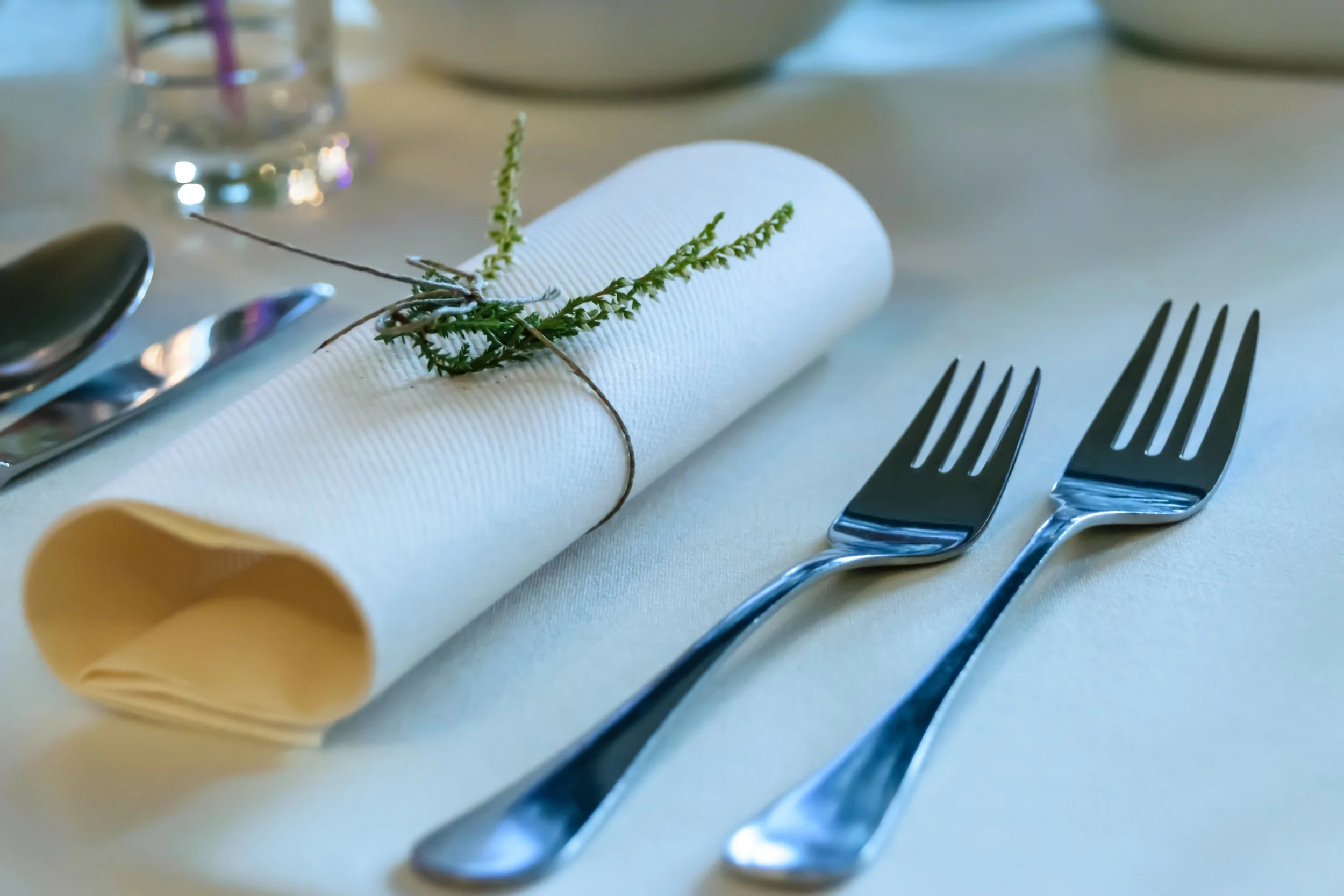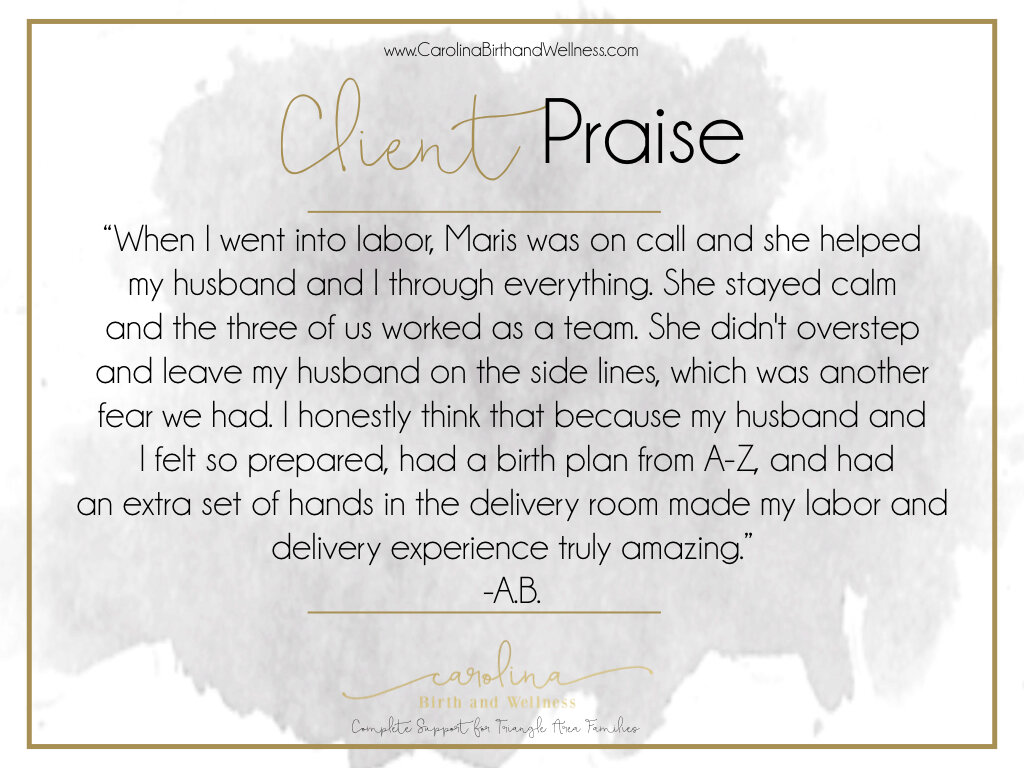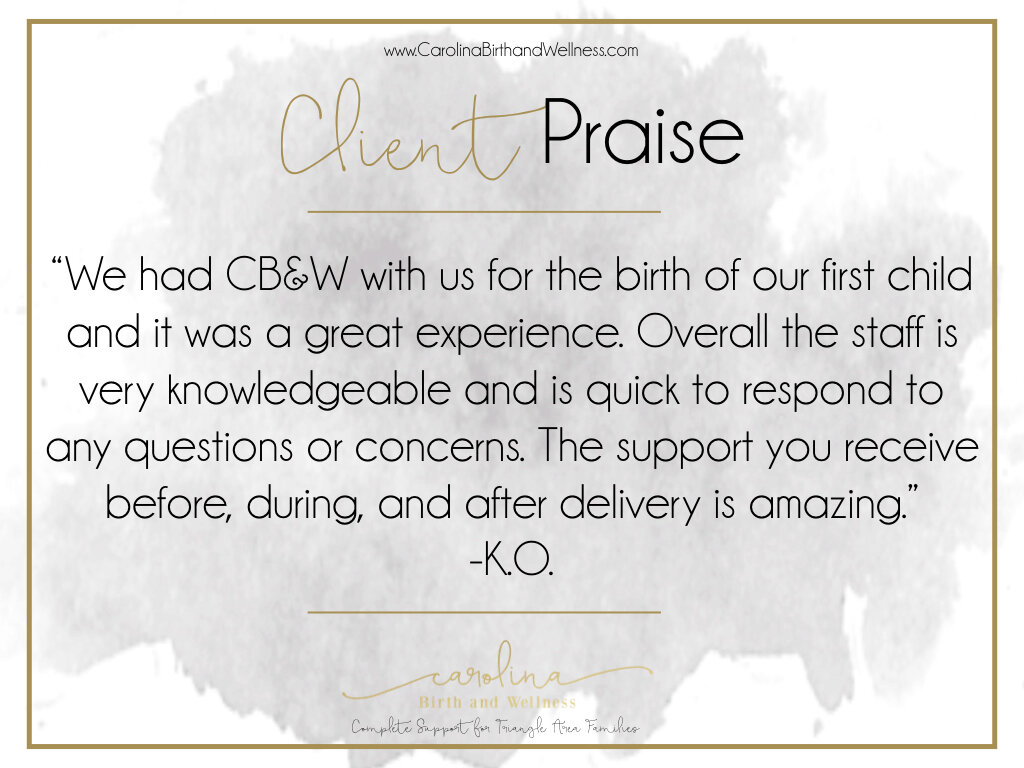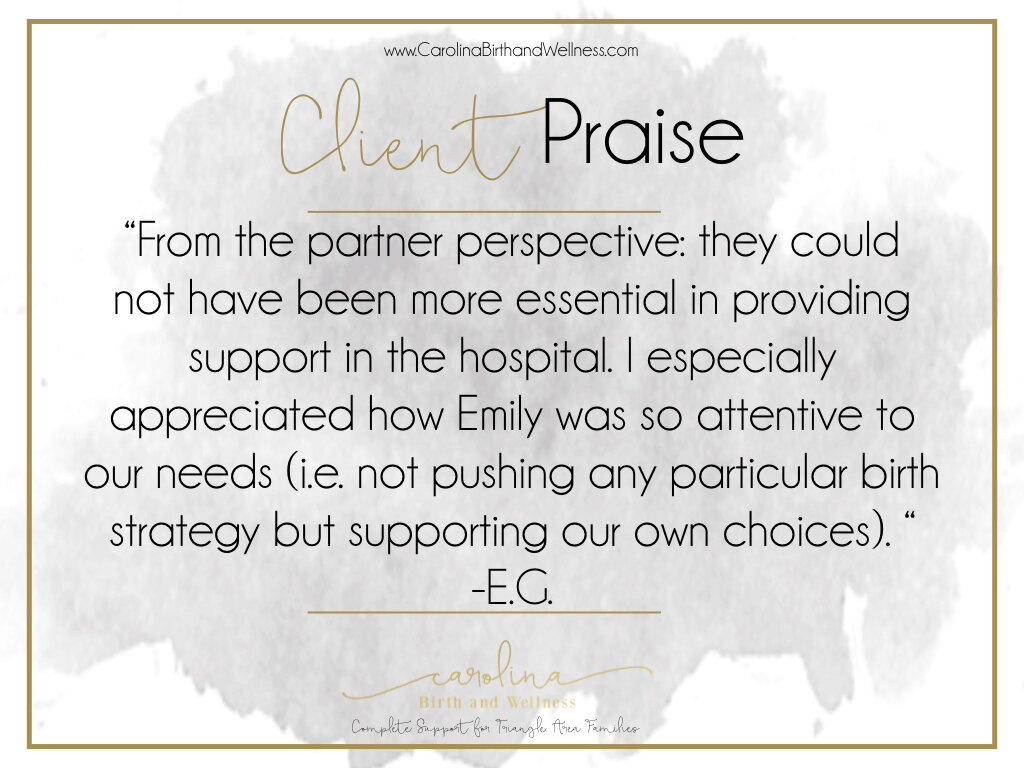Placenta 101: Farm to Table or Uterus to Capsule
Farm to table has become an increasingly important topic for individuals and families who care about their food. Knowing that the farmer raised the animals humanely and fed them proper food for their bodies helps us determine if we should buy the $3.99 ground beef or the $9.99 grass fed ground beef. Well, I think the same goes for placentas. Knowing how it was formed, and why it is so amazing makes the idea of consumption of it more appealing.
The placenta is a truly amazing organ. It is one that our body is able to build when needed, and shed when finished, and repeat as much as needed. Not only being the only disposable organ in the body, it is also the only organ that is able to handle two sets of blood types and genes.
Formation of the Placenta
In humans, the placenta is generally disc shaped, but no two placentas look the same. On average, the placenta weighs about one pound, and is 22 cm in length and 2-2.25 cm in thickness. It is a dark red color. The maternal side, called the Duncan, of the placenta is dark and meaty, and attaches to the lining of the uterus. The baby side, the shultz, is shinny and has visible arteries and veins leading from the center where the umbilical cord is attached to the outside of the placenta. By the end of the first trimester, the placenta will have the adequate maternal blood supply need, but will continue to grow throughout the pregnancy.
Functions of the Placenta While in Utero
- Thermo-regulation of the baby
- Waste elimination from the baby
- Protection against internal infections
- Production of hormones necessary to support pregnancy
- Nutrient uptake for the baby.
- Acts as reservoir of blood for the baby, allowing blood to be used and stored as needed.
Culturally Significant Placenta Rituals
- Placentophagy: Maternal consumption of her placenta after birth. Primarily this is done through placenta encapsulation, but can also be made into various food and smoothies.
- Burying the placenta: the burying of the placenta is to signify the connection of the child and the earth.
- Lotus Birth: This is the process of leaving the placenta and baby attached until the cord breaks on its on. The placenta is preserved using salts and essentials oils.
We hope this quick introduction to placentas, both during pregnancy and after birth, provided a general understanding of why we value and honor the work of placenta encapsulation. Learn more about our placenta encapsulation services or how to start the process now!









